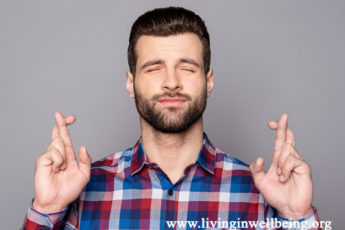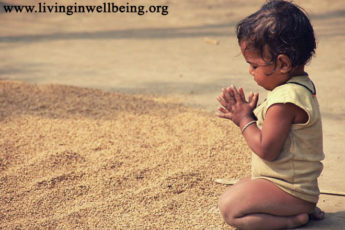
What is Lucid Dreaming?
Lucidity means to have self-awareness during your dreams. This conscious realization that you are dreaming gives you some degree of control over the dreamworld, where everything your see, hear, feel, smell and taste can be exceptionally vivid.
This enlightening state of awareness is often triggered by a reality check, when your brain switches into waking mode in the dreamworld. In regular dreams, your self awareness is shut down and that's why they feel fluffy and intangible. But when dreaming lucidly, your logical conscious brain wakes up and you perceive the dreamworld quite differently...
Who Discovered Lucid Dreaming?
Conscious dreaming has been practiced within Tibetan Buddhism for more than 1,000 years in the form of Dream Yoga.
Nowadays, it is called Lucid Dreaming, a name created by the Dutch psychiatrist, Frederik van Eeden, meaning mental clarity in dreams. In the 1960s, Celia Green popularized the theory and highlighted the scientific potential of heightened consciousness in dreams. She also made the connection with false awakenings and Rapid Eye Movement (aka REM sleep).
Lucidity was scientifically recorded by the Englishman Keith Hearne, who recorded REM signals from his volunteer, Alan Worsley, under laboratory conditions. However, it was Dr Stephen LaBerge at Stanford University in the USA who created a similar experiment and formally published his findings in the 1980s.
Can Anyone Learn to Have Lucid Dreams?
Yes, most likely. Everybody dreams, even though some claim not to, it's in fact because they don't remember them. Furthermore, everybody experiences consciousness - the act of being self-aware - every day. So conscious dreaming is simply a matter of merging the two concepts and it is almost certainly within everyone's grasp. It just takes practice. There are children who lucid dream naturally, as well as sufferers of Parkinson's Disease and Alzheimer's Disease who experiences highly vivid and lucid experiences as a side-effect of their medication.
Becoming self-aware in the dreamworld is actually quite easy once you know how to tap into the right mechanism. Studies show that everyone experiences at least one such dream in their lives by accident. So with commitment, this state can be induced naturally at will.
There are two methods of inducing lucidity:
1. Dream Induced Lucid Dreams (DILDs) - initiated in a regular dream, which suddenly snaps into focus when you recognize you are dreaming.
2. Wake Induced Lucid Dreams (WILDs) - initiated from a waking state via meditation, where there is no lapse in consciousness between reality and the dreamworld.
The first method is a lot easier for beginners. To do so, all you must do is recognize when you're dreaming. There are multiple ways to achieve this by raising your self-awareness in the daytime and as you creep across the sleep-wake border, including:
* Meditation
* Hypnosis
* Visualizations
* Reality Checks
* Dream Supplements
By employing a combination of some or all of these methods daily, most people can enjoy their first self-aware dream within 3-21 days. Fortunately, this process becomes easier with experience.
Lucid dreaming is a wonderful psychological tool and a means of exploring the subconscious inner self. As a beginner, intermediate or expert, you have an exciting voyage ahead of you.
About the Author
Rebecca Turner is a lucid dreamer and the author of the website, World of Lucid Dreaming, which is visited by 100,000+ lucid dreamers every month. Visit her website for step-by-step techniques, lucid dreaming product reviews, insights and inspiration, and her definitive e-book on the subject: The Art of Lucid Dreaming.
Article Source : http://goarticles.com/article/What-Is-Lucid-Dreaming/4221040/
View More Lucid Dreaming
For More Details About Lucid Dreaming [1]
For More Details About Lucid Dreaming [2]
For More Details About Lucid Dreaming [3]
For More Details About Lucid Dreaming [4]
For More Details About Lucid Dreaming [5]












